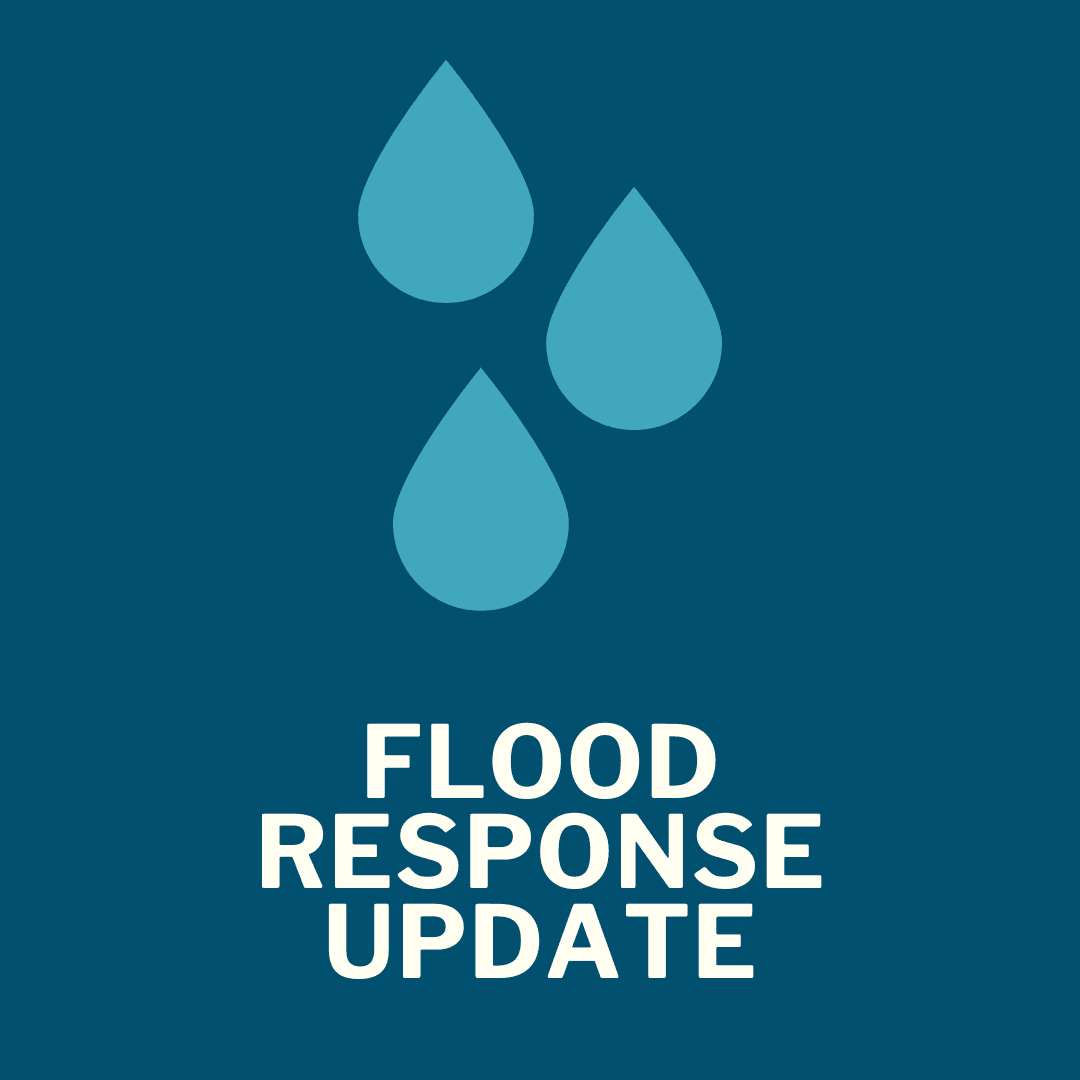 COCONINO COUNTY — Two recent pre-wildfire studies from the Coconino County FCD confirm there is a significant wildfire and post-wildfire flood threat in the Upper Rio De Flag Watershed above Flagstaff, with potential to cause substantial economic impacts to the region.
COCONINO COUNTY — Two recent pre-wildfire studies from the Coconino County FCD confirm there is a significant wildfire and post-wildfire flood threat in the Upper Rio De Flag Watershed above Flagstaff, with potential to cause substantial economic impacts to the region.
Spanning 21,500 acres on the western side of the San Francisco Peaks, the Upper Rio De Flag Watershed is a heavily forested area comprised of steep slopes and drainages that feed into the Rio De Flag—Flagstaff’s primary waterway. In 2022, the Pipeline Fire burned a small portion of this watershed above Schultz Creek and caused significant post-wildfire flooding across the state highway and residential areas downstream, but much of the Upper Rio De Flag Watershed remains vulnerable to wildfire.
“Future wildfires must be expected,” said Lucinda Andreani, Coconino County Flood Control District Administrator. “We commissioned these two pre-wildfire studies to quantify our level of risk, inform our potential response strategies, and importantly, provide us insight on how to proactively reduce our risk of catastrophic wildfire through forest restoration.”
The first study—a burn severity and post-wildfire flood analysis from JE Fuller Hydrology and Geomorphology—generated flood models for several different burn scenarios of possible wildfire in the Upper Rio De Flag Watershed. This study detailed the full potential for severe and repetitive post-wildfire flooding through the Rio De Flag, which runs from Fort Valley through Downtown Flagstaff and potentially beyond. In some areas, this study showed post-wildfire flows up to 31 times greater than current conditions and floodwaters up to five feet of depth in residential and commercial areas. Nearly 2,000 homes, over 400 businesses, two state highways, and numerous public facilities were shown to be at risk of post-wildfire flooding in the burn scenarios modeled by this study.
The second study—an economic impact study from Northern Arizona University’s Economic Policy Institute—used the data from the JE Fuller study to calculate the potential economic impact of wildfire and post-wildfire flooding in the Upper Rio De Flag Watershed. This calculation included everything from wildfire response and remediation to structure damage, lost property value, business interruption, habitat loss, long term recovery costs and more. According to this study, wildfire and post-wildfire flooding in the Upper Rio De Flag Watershed could result in $535 million to $2.8 billion of economic impact. This calculation is conservative and based on one single flood event.
“Since its inception in 2017, the Coconino County Forest Restoration Initiative has been committed to applying the best available science in the pursuit of forest restoration n our county,” said District 2 Supervisor and Chair of the Board Jeronimo Vasquez. “These studies represent an advancement of that commitment and a continued focus on our county’s top two public safety threats: Wildfire and post-wildfire flooding.”
“It’s a matter of ‘when’, not ‘if’ we will see a wildfire in this region,” said District 1 Supervisor Patrice Horstman, whose District boundaries encompass much of the Upper Rio De Flag Watershed. “Knowing what we do now, there is no time to waste in pursuing forest restoration and other actions that can reduce our level of risk. We look forward to working closely with the U.S. Forest Service and other partners to address the threat in the Upper Rio.”
When it comes to the forest restoration needed in the Upper Rio De Flag Watershed, “We’re not starting from zero,” said Coconino County Forest Restoration Director Jay Smith. “The Coconino National Forest has already begun some forest restoration treatments in the area, and the District has been laying the foundation to develop regional forest restoration for years.”
To that end, Coconino County recently received an ‘A’ rating as a Bioeconomy Development Opportunity Zone a metric administered by Ecostrat to indicate where there is opportunity to develop industry around biomass, such as the wood that would be removed in forest restoration operations.
“This rating will help attract more industry partners to accelerate the forest restoration needed in the Upper Rio as well as in the Four Forest Restoration footprint,” Smith added.
On March 5 representatives of the Coconino National Forest with join the District in a follow-up presentation to discuss the plan for forest restoration in the Upper Rio De Flag Watershed. Information on how to attend this meeting and access the recent presentation from February 27 can be found at: www.coconino.az.gov/104/Board-of-Supervisors
